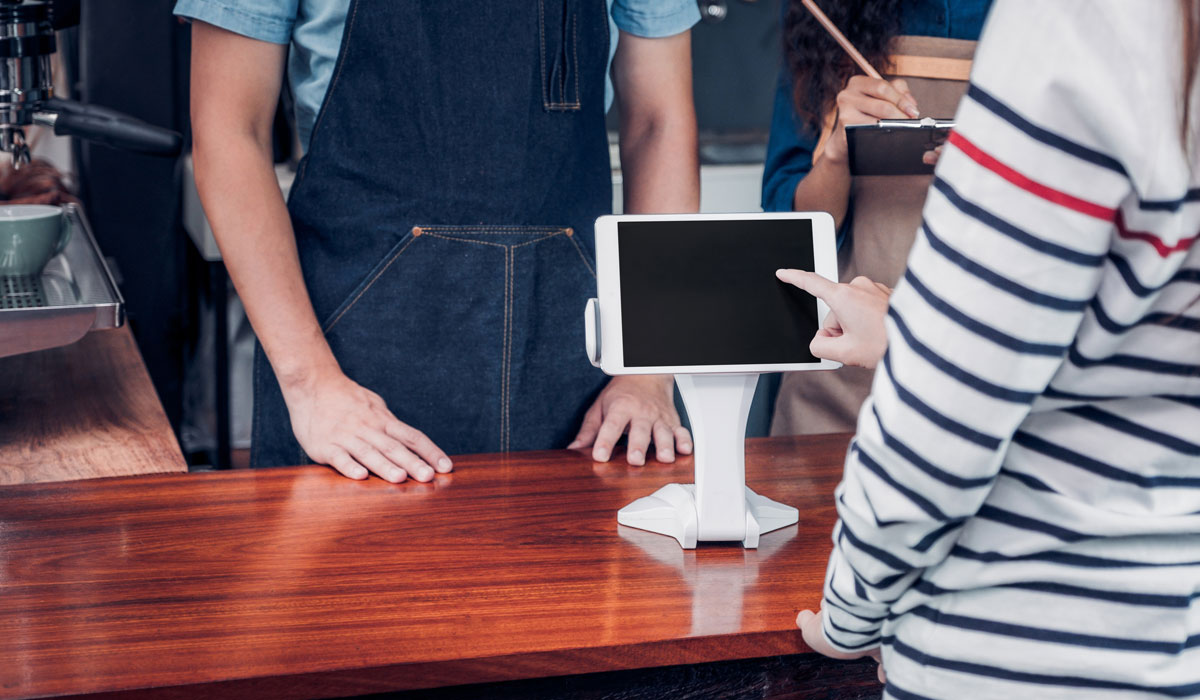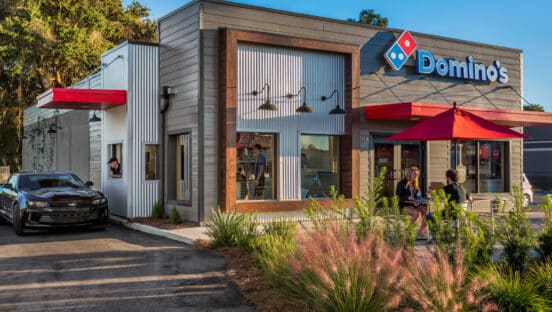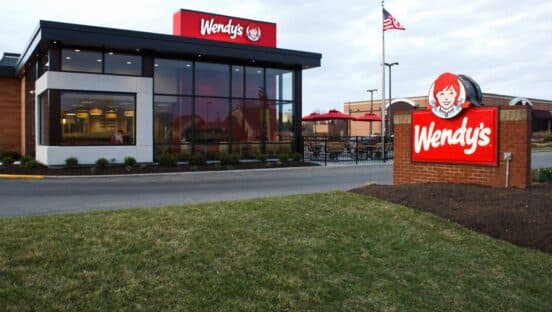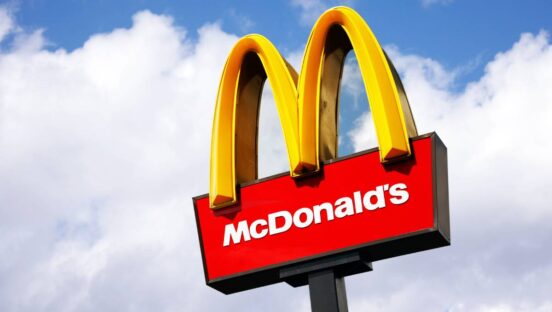As the foodservice industry gradually embraces the digital age, point-of-sale systems are becoming an integral part of the modern restaurant’s operations. Nowadays, the POS has gone beyond being a mere restaurant billing software and evolved into an end-to-end restaurant management tool.
While there are restaurant owners who are keen on having the best POS systems that are customized to suit their business operations, there are those who still can’t decide whether to upgrade or replace their existing ones. And so, to help with the dilemma, here are some tell tale signs that it’s time for a change of POS system this 2019.
It’s complicated to use and manage
Not all POS systems are created equal. While plenty of POS software out there can do almost everything imaginable, a restaurant needs to find the one with the right features for its operation.
If a POS system’s interface makes basic duties like placing orders, splitting checks, and quick checkout more complicated than they should be, then it’s high time to look for a new one. The software configuration should be easy to use and intuitive enough to allow the staff to accomplish simple tasks without unnecessary difficulties.
Restaurants that are still using traditional POS systems should seriously consider switching to tablet-based POS for quicker and more convenient updates. Modern POS software may be updated with the tap of an app, which eliminates the need for calling professional maintenance and thus saves time and money.
It slows down service
The speed of service is one thing that people remember the most after they leave. Even if a place serves incredibly good food, if their service comes off as too slow, the whole experience may feel unsatisfactory to customers.
An essential feature of a POS is speed. When the place is packed, and customers are waiting in line to be seated, the establishment cannot afford to have a system that lags. On the same note, it’s better for restaurants and bars to work with local/hardwired or hybrid (internet and local) POS than internet-based systems. These are more reliable as their responses do not depend on the speed and quality of the internet connection.
It’s expensive to run and maintain
Several factors contribute to a POS system being too expensive. Any restaurant that operates with a POS that takes up too much hardware and is costly to run and maintain is in pressing need of an upgrade.
As the POS industry grows, the market becomes saturated with options that offer efficient yet affordable systems. Restaurant owners can now avail of quality POS systems without breaking the bank. Many vendors offer discounts and packages for multiple stations. There are also subscription-based pricing options that don’t require a long-term lock-in contract. That said, investing in newer systems that require minimal hardware and are easy to update saves up on maintenance and operating costs.
It’s not very useful in customer relations management
Restaurant POS systems are not only efficient tools in running a restaurant, but they’re also a great help in coming up with effective marketing strategies. Modern point-of-sale systems can generate accurate consumer behavior reports which may be utilized to create loyalty-based incentives and discounts. Programs like this help cultivate stronger customer relationships and help businesses acquire new ones.
It only allows limited payment options
While it’s apparent why a restaurant POS must be capable of transacting with various payment options, some may only work with specific credit card processors. Restaurant owners should consider switching to a POS that caters to most, if not all, credit cards. While they’re at it, they should look into systems that can handle payments through mobile applications such as ApplePay, Samsung Pay, and the like.
Customers nowadays, especially the younger ones, prefer cashless and mobile methods of payment. Using a POS that caters to these newer payment options is a plus on customer satisfaction.
It has limited integration
A POS that’s difficult to incorporate with other platforms can waste precious time and cause unnecessary headaches. A good POS system is one that can be easily integrated with third-party applications and software such as sales and inventory, CRM, reservations, time-tracking, loyalty programs, and payment gateways and processing platforms.
Using a POS that’s a breeze to integrate helps tremendously in lessening the stress of running a restaurant business.
It provides limited data access
Restaurants must have all relevant reports to run a successful business. A POS system that can only provide limited data cannot effectively steer the venture towards growth. It’s a wise decision to capitalize on systems that are capable of generating KPI and auditing reports to keep tabs on sales, taxes, and performance easily.
Another essential feature is backend monitoring. POS software that allows painless tracking of inventory and employee hours can make the lives of restaurant owners and managers so much easier.
It can’t keep up with the restaurant’s growth
The ultimate goal of any entrepreneur is to see his business grow. Bars and restaurants that are still using traditional POS systems are likely to outgrow them as they expand and cater to more customers. Suffice to say, scalability is an important factor to consider in a POS system.
With the wide range of POS systems available these days, it’s almost a no-brainer for restaurants to go for the ones that have the ability to adapt and scale as their operations increase in size. The best POS systems can automatically upgrade software, add applications, and customize features.
The hardware is just as necessary as the software. As equipment ages, it tends to lose some of its functionality or it fails to run the latest updates and applications. To get the most out of a POS system, restaurants should search for POS providers that offer free hardware upgrades as part of their plan.
It’s a threat to security
Data hacking is common among POS systems, and older ones are surprisingly easy to attack. Because security is always a big deal, restaurants running on traditional POS should make the switch to newer and safer software a priority.
Ideally, a POS system should be PCI compliant, with EMV enabled payment systems to secure cardholder information and anti-virus software to protect it from malware and data breaches.
As restaurants have the responsibility to protect not only their interests, but that of their patrons’ as well, establishments operating with cloud-based POS payment options must be equipped with encryption software to protect customer data during payment transactions.
Final Thoughts
Running a restaurant is tricky business, and the failure rate is pretty daunting. Every restaurant needs a system that won’t fail them, especially during critical moments. Thus, their POS must be able to rise to the challenge, not only in speed but in all aspects of the operation. Switching to a better POS system takes a ton of burden off the owner’s back, allowing him to focus more of his time and energy on the parts of the business that need it the most.











